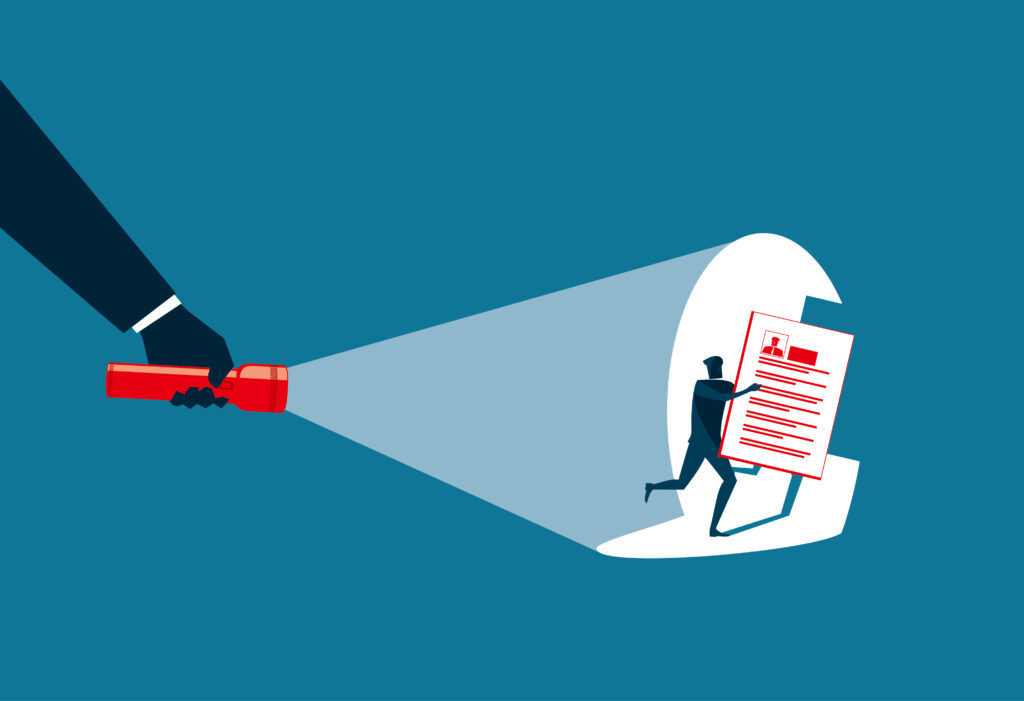
Professors are not angels but they will always know when your paper is plagiarized. What magic do they use to know and is there a way to avoid being caught? We are in a generation where plagiarism is unforgivable. You will be caught even for copying a few paragraphs.
The problem with plagiarism is that it can follow you deep into your career. If new tools emerge to check for plagiarism years after you graduate, your certificate can be recalled. It does not mean that all the ideas you write in your paper must be original, as stated by writemyessay.today. In fact, you will be expected to quote a few scholars and directly cite a few works. Such may pass as plagiarism.
If you know how professors detect plagiarism, it will be easier to avoid the trap. Here are the main ways professors use to catch students who have plagiarized research papers.
Plagiarism Checker

All colleges and universities have installed plagiarism checkers where all papers have to pass through before approval. Each department has a level of originality that each paper must meet. You will also be required to submit a plagiarism report alongside your paper to ascertain that the work has passed the test.
The department informs students on the plagiarism tools used and percentages of originality expected. Before you submit your paper, pass it through the checker to ascertain that it meets the required standards. If it does not meet the standards, the software will highlight the problematic areas for correction. Use the same software because different applications may give different results.
Flow or Order of Ideas

Plagiarism goes beyond the copying of words. If ideas are copied, your professor will also know that the work is not original. To understand this idea better you must appreciate the fact that your professor is highly read. Professors have interacted with books, articles, journals, and many other materials that you will use as references in your work. They understand how individual authors present their ideas. In fact, they provide some of the references you use as a reading list.
The best way to avoid this trap is to reorder the ideas. You may also mix ideas from several books or use a different way of expressing them. It will take a while before the professor can detect that you have borrowed the ideas directly. It is also an indication that you interacted with these ideas and can create new ones out of the discussion.
The similarity of Ideas Though Using Different Words

Paraphrasing ideas does not save you from plagiarism charges. While the plagiarism software may not pick paraphrased sections as plagiarized, your professor can detect the similarities. Show that you thought through the ideas by finding new ways of expressing the same points. Blend the ideas with what other authors have expressed in their work. Add a new context or dimension when writing your paper such that a person who has encountered similar ideas in the past does not feel like it is repetition.
Inability to Defend Your Ideas

It mostly happens during presentations. Because you are not the original owner of an idea, your confidence when discussing the ideas reduces. When asked to defend a position during your presentation, it could prove difficult. Such moments raise questions on the originality of your ideas.
While everything you write in a paper is not new, you must understand it in depth. When asked to make a presentation, show competence and depth by speaking in confidence. Academic work requires you to adequately defend every word or sentence you have put in your writing.
How Do You Avoid Plagiarism?

Plagiarism is abhorred and will taint an otherwise reputable academic career. Luckily, it is avoidable. By avoiding plagiarism you build a reputable academic career without the chance of crumbling in the future when the malpractice is discovered. Here are tips on how to avoid plagiarism and deliver the most captivating academic papers.
- Develop Own Ideas
Take the research paper writing moment as an opportunity to contribute to the academic world. Review literature and collect data that will help you to develop new ideas. The ideas do now have to be 100% original. In fact, scholars branch-off from the ideas of other people. Use the knowledge gathered during data collection and when reading reference materials to shine a spotlight on new areas. The new perspectives will soon become an anchor for fresh disciplines as more studies are conducted on the area.
- Check for Plagiarism
Do not submit a paper without checking for plagiarism. Instructions provided by the department always indicate the tools to be used for checking plagiarism. Academic work cannot be 100% original because literature review involves citations. However, ensure that your work is within the set limit. Take it one or two points below, just to be on the safer side.
- Learn to Paraphrase
Find new words you can use to say the same thing another author has said. Citations cause a lot of authors to be accused of plagiarism. Still, you are required to quote other people and cite them in your work. Minimize direct quotations into a line or two. The remaining part can be paraphrased.
- Make Short Citations
As mentioned above, a long citation will be flagged as plagiarism because the automated tools do not recognize the citations. It means your work will be flagged yet the citations are rightfully in place. Keep the citations short while paraphrasing the remaining part.
Plagiarism will cost you a good grade now and a career or reputation in the future. Take deliberate steps to avoid plagiarism, especially by developing original ideas. You can circumvent the plagiarism checkers by paraphrasing citations while still keeping them short.








